Finding the Truth in Chris Condon and Jacob Phillips’ The Enfield Gang Massacre
The title gives away what’s going to happen but The Enfield Gang Massacre is about stories as much as it is about the massacre.
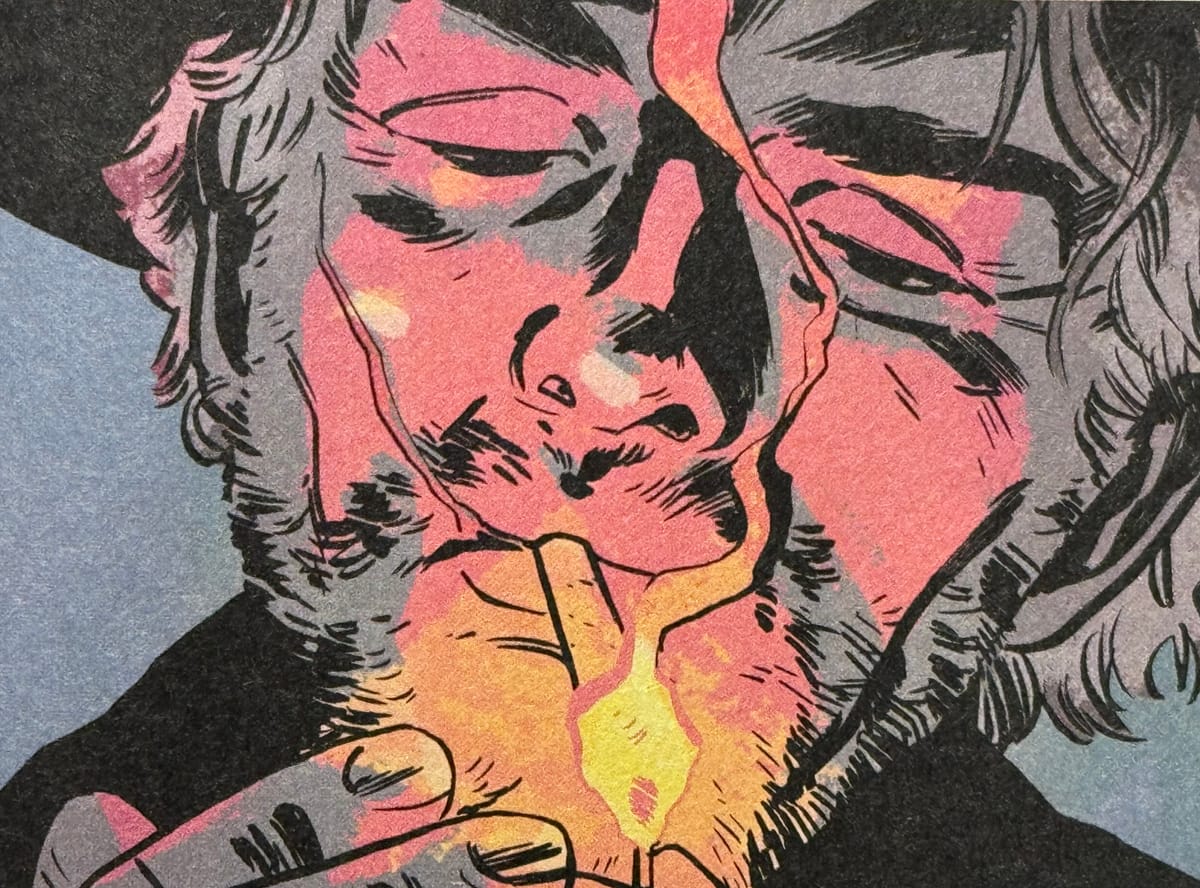
The Enfield Gang Massacre is one complete story but you can read it as three different stories that are in dialogue with each other. The largest story is the titular massacre, the last days of a late 1800s western gang that “terrorized” a small Texas town. They robbed banks by day and drank in bars by night but that’s about the extent of their lawlessness that we bear witness to. They were outlaws in every realistic and romantic sense of the word as we see in the early pages of Chris Condon and Jacob Phillips’ latest book (a sort of prequel to their That Texas Blood series.). But that’s not actually the first story we experience in the book; the first story (also the shortest) is a 1906 carnival sideshow, where a huckster displays the decayed corpse of Montgomery Enfield, some 30 years removed from this life. “Of his dark deeds I shall remind you. If’n you’ve the belly for it,” Doc Malady promises to those gathered in his tent. There’s the story and then there’s the story of the telling of the story which Malady promises to deliver. On top of that, there’s a third story in 1986– an article from the Texas Reporter trying to find out the truth about the massacre. Through this article, we see how the events of the bloody massacre became legend in Texas as the journalist tries to find out the truth of those events and the true extent of the Enfield’s Gang guilt in the events that led up to the massacre.
Three stories across the years— 1875, 1906, and 1986– all come together to create this great western tale. It’s got all of the pulpy and outlaw elements of what we expect from something like a Sergio Leone or a John Wayne western; it’s a story of the good guys versus the bad guys. But it’s also a story where the lines of good and bad get crossed and confused, deconstructing the myths of the western hero and the western villain. The last days of Montgomery Enfield and his gang is the heart of this book and in those pages is this questioning and confusion of good and evil. Enfield wouldn’t argue that he wasn’t and outlaw but he wouldn’t call himself evil either. He was a part of the fabric of the west, part of its ecosystem engaging in the roles of the time. When the townspeople are pushed to their limits after the vicious murder of the banker, the Enfield Gang is the sacrificial lamb for their outrage. In those fine and respectable townspeople, Condon and Phillips show other aspects of good and evil at work. In some very personal ways, everyone in this story is touched by evil.
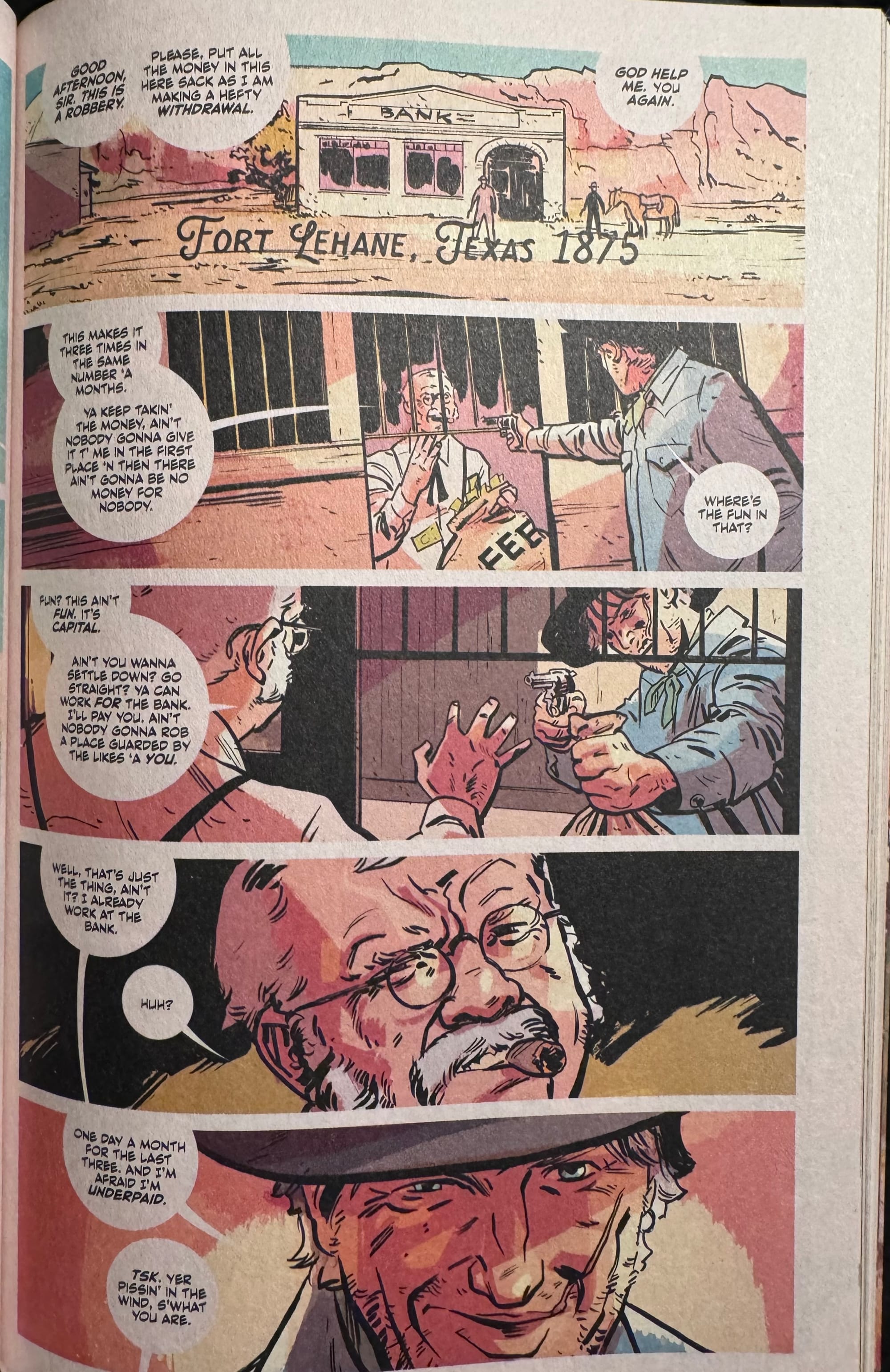
Phillips artwork remains true to the drama of the story but almost remains neutral in its expression of who’s good and who’s evil. There’s no real distinguished visual elements like a black hat or a white hat that show which western role each character fits. The art more interested in who is in control of the situation and who isn’t (which maybe is its own way of speaking to “good” and “evil”) as Phillips sets the pages to show the desperation in these events. His artwork shows the power dynamics at work in the story; who has power, who doesn’t, and who wants it. There are three men who are hunting down the Enfield gang: a local businessman John Mowbray, Sheriff Hardesty, and a Texas Ranger named Captain Aloysius Ely.
These four men— Enfield, Mowbray, Ely, and Hardesty— could make up the four corners of one of those moral alignment charts from D&D that tracks how lawful or good a person could be.
|
Lawful Good |
Lawful Neutral |
Lawful Evil |
|
Neutral Good |
True Neutral |
Neutral Evil |
|
Chaotic Good |
Chaotic Neutral |
Chaotic Evil |
Take out the neutral boxes and this is a good chart to view the struggles within The Enfield Gang Massacre. Whether intentional or not, Condon and Phillips set up these four men within these roles and it’s interesting to see how that plays out, particularly with the two “good” characters, Enfield and Ely, and even how their roles kind of flip in this book depending on your own point of views about the characters. While an outlaw, Enfield seems to have his own moral code which could be described as “moral;” he’s “good” at least in his own eyes (or at least not that bad.). And Ely, a Texas Ranger who’s just passing through on his way to greener pastures, is the law in this book; he’s a man who sees an injustice in front of him and is driven to see apply justice to the situation. He’s driven by this need for justice to the point where he’s the true chaotic wildcard in this book. He has the power to stop this but never sees that as a possibility.
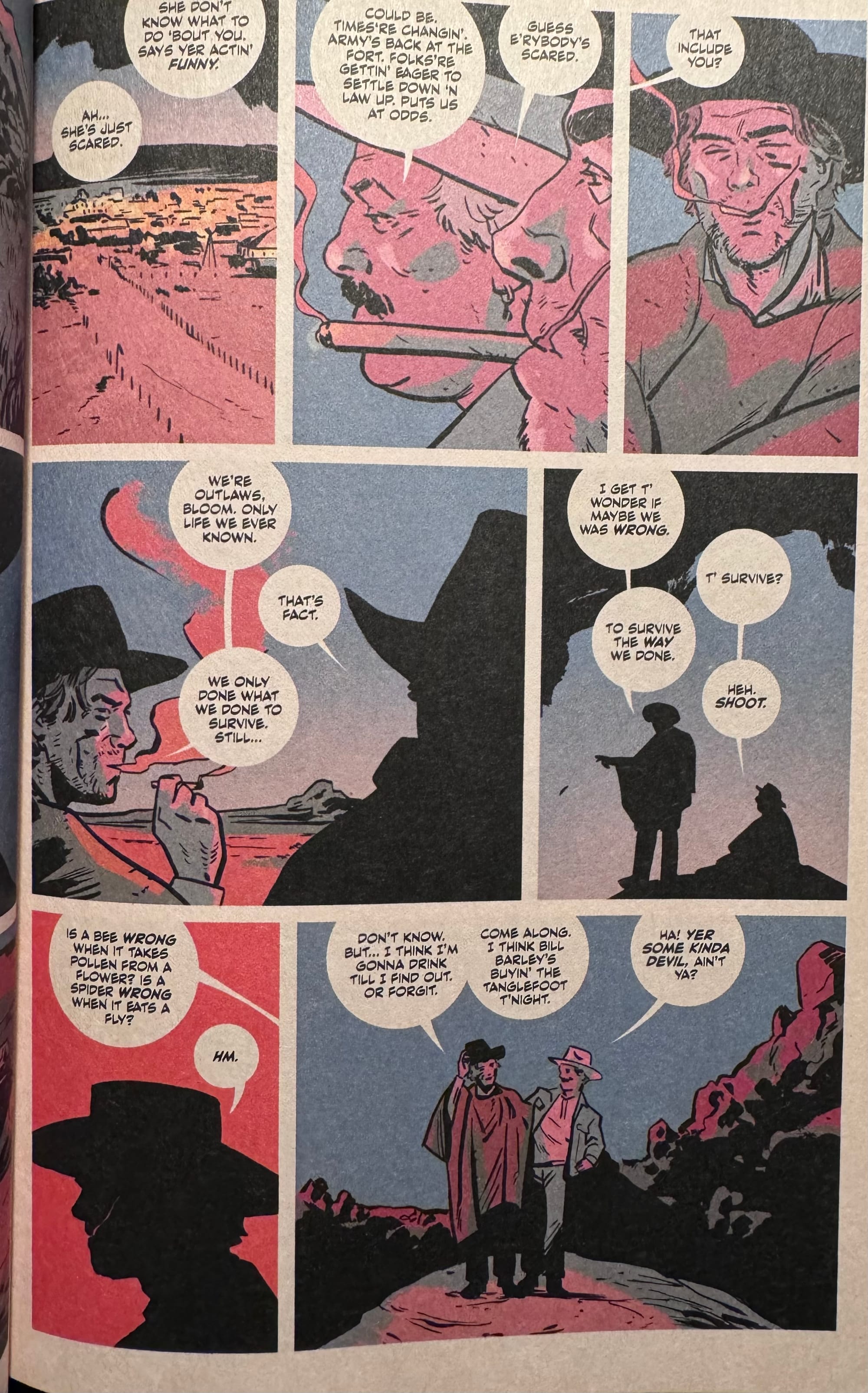
Then there’s the stories we tell ourselves about this people, the myths and legends that develop around them. The Texas Record articles, written over a hundred years after the massacre, is a story about how the story of the Enfield Gang has been passed down over the years as a story about true good (the law) versus evil (the Enfield Gang.). This is the story kids are taught in school and grow up celebrating. But we saw in the story of the massacre that there was more that happened than just the black and white viewpoint that Texas students were taught over the decades. If this book was just the massacre, it would still be a really good western tale prodding us to question our concepts of good guys and bad guys.
These text pieces explore how stories and histories change over the years, how life becomes legend. They prod us to always be questioning our stories, asking questions especially when they seem a bit too simplistic and cut-and-dried. And they also challenge us not to just accept the simplistic assumption of right and wrong. Text pieces in comics often feel superfluous to the story, a shortcut for world building or barreling through the plot the the text pieces in this book make us view the massacre and the carnival sequences in a much broader sense of events while also enforcing just how tight and personal a story The Enfield Gang Massacre is.
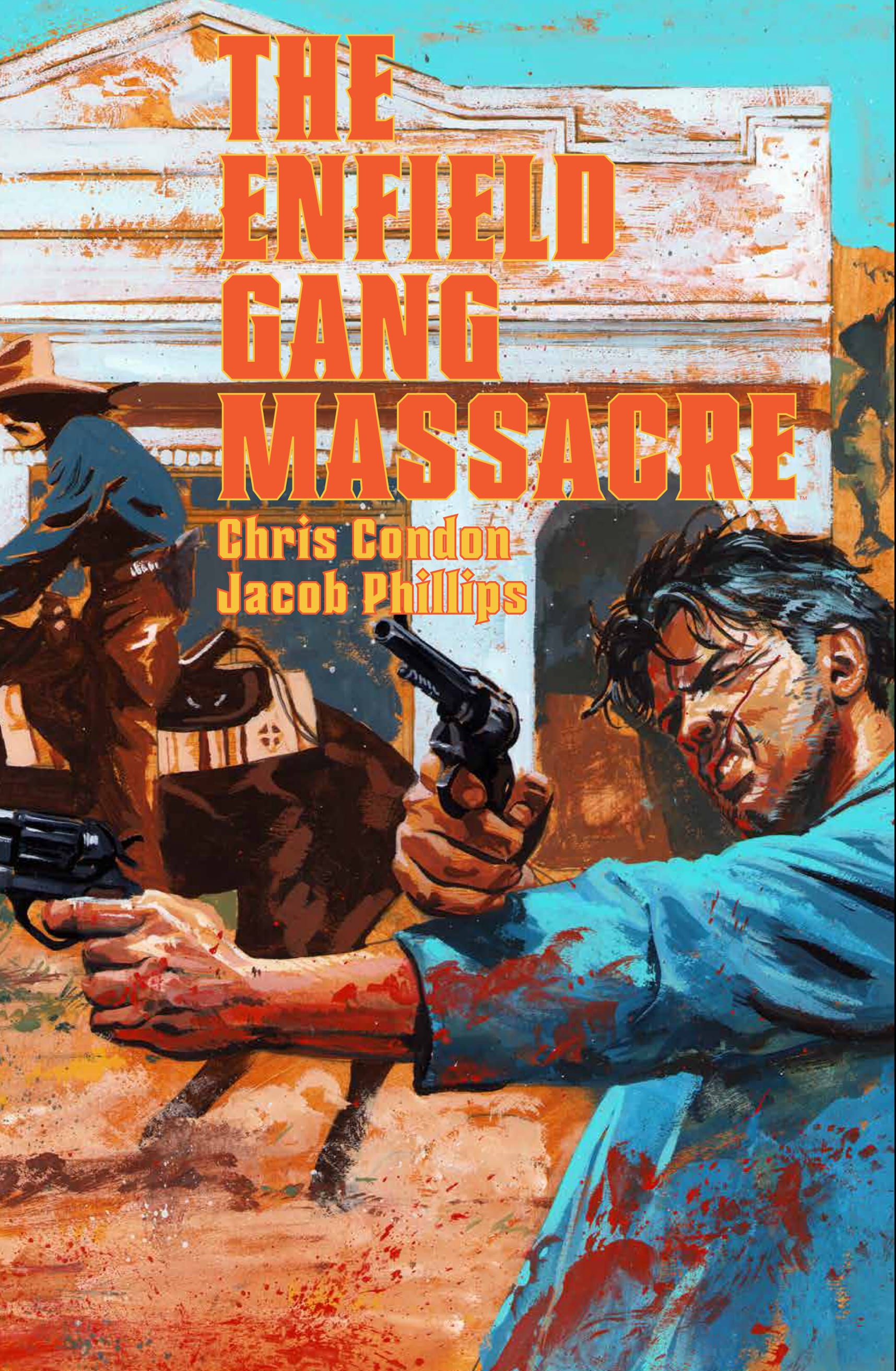


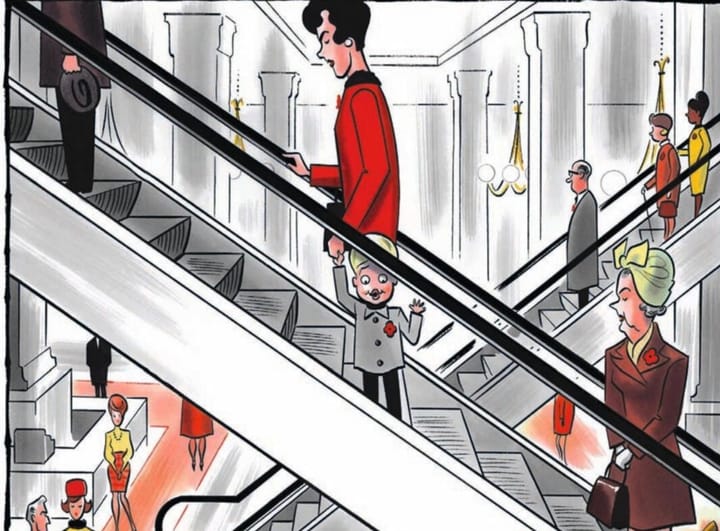
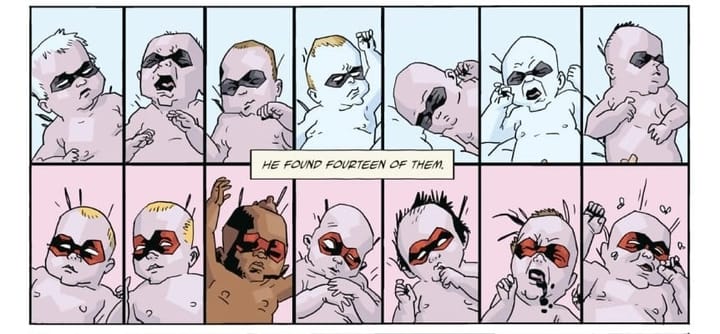
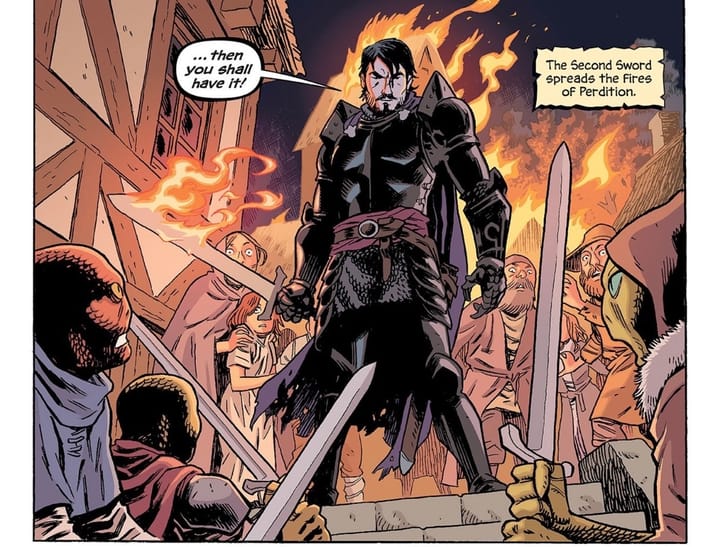
Comments ()